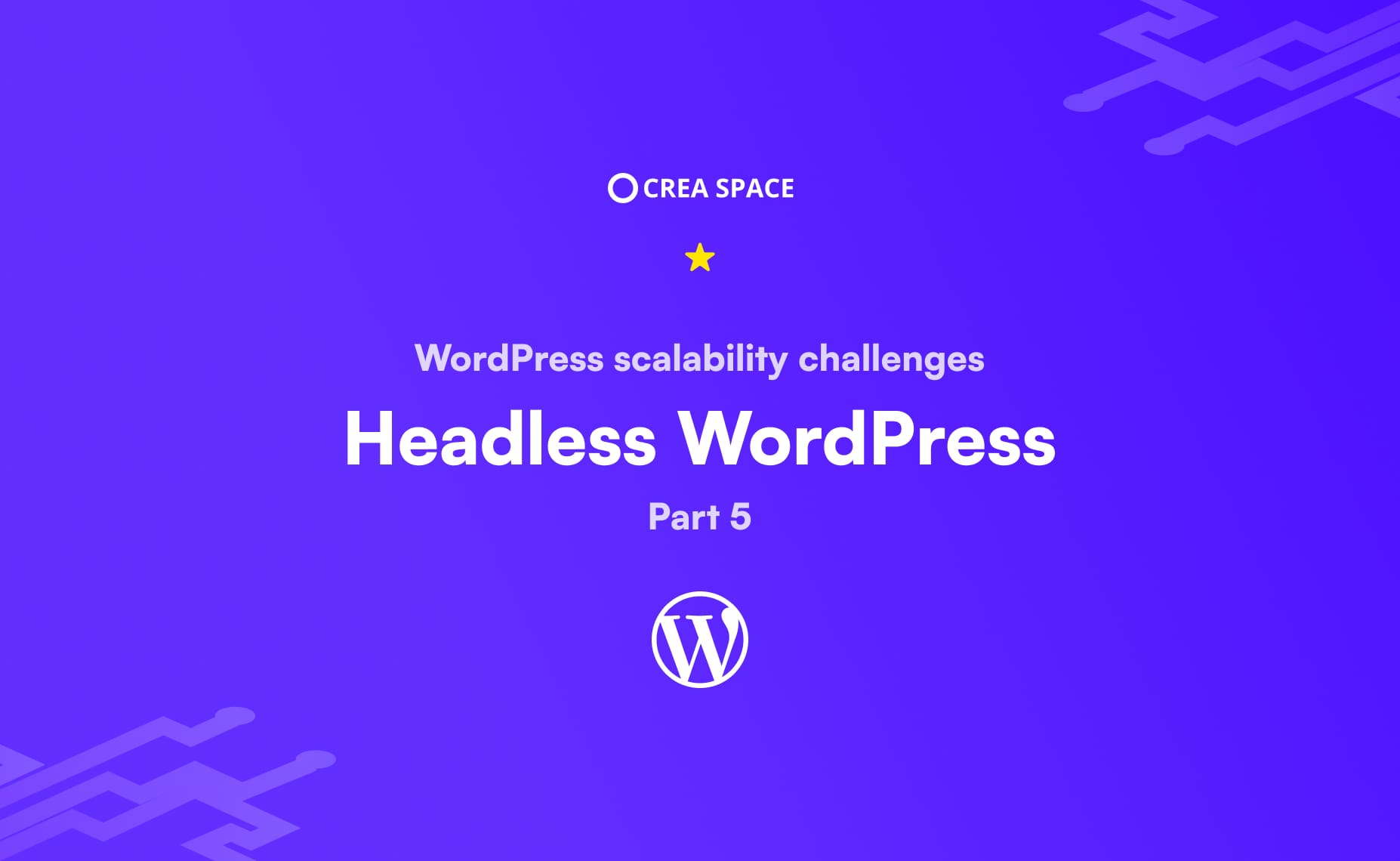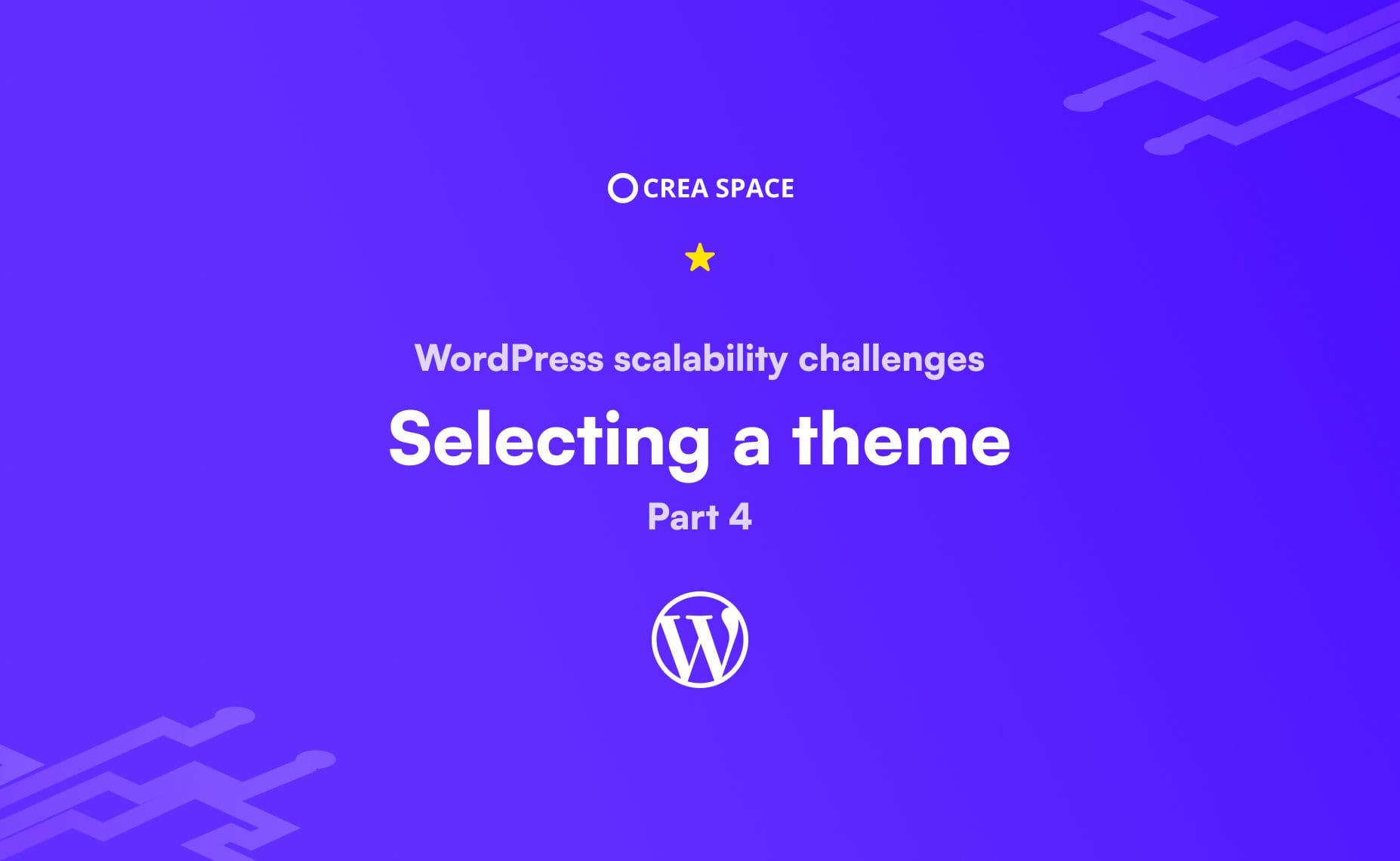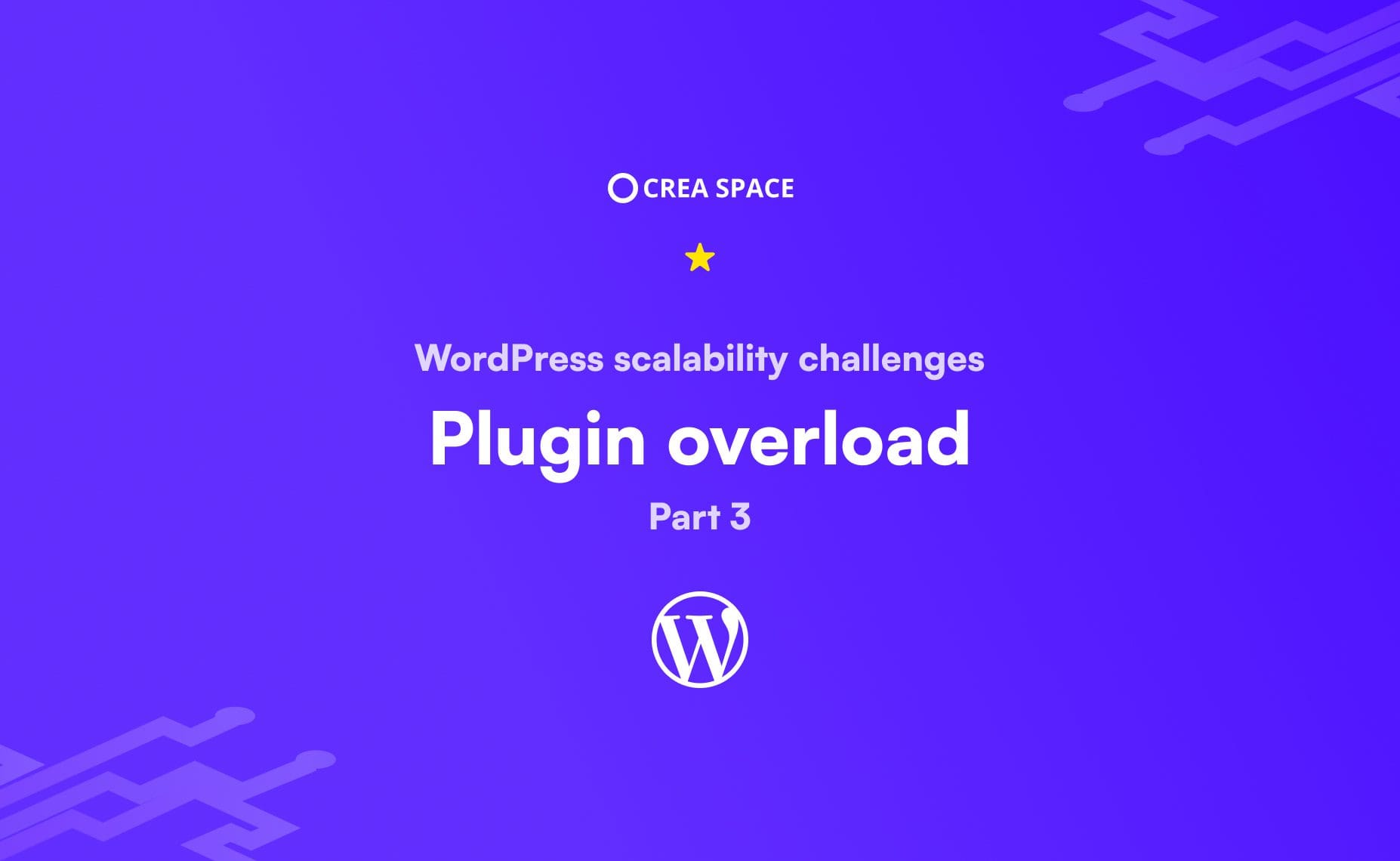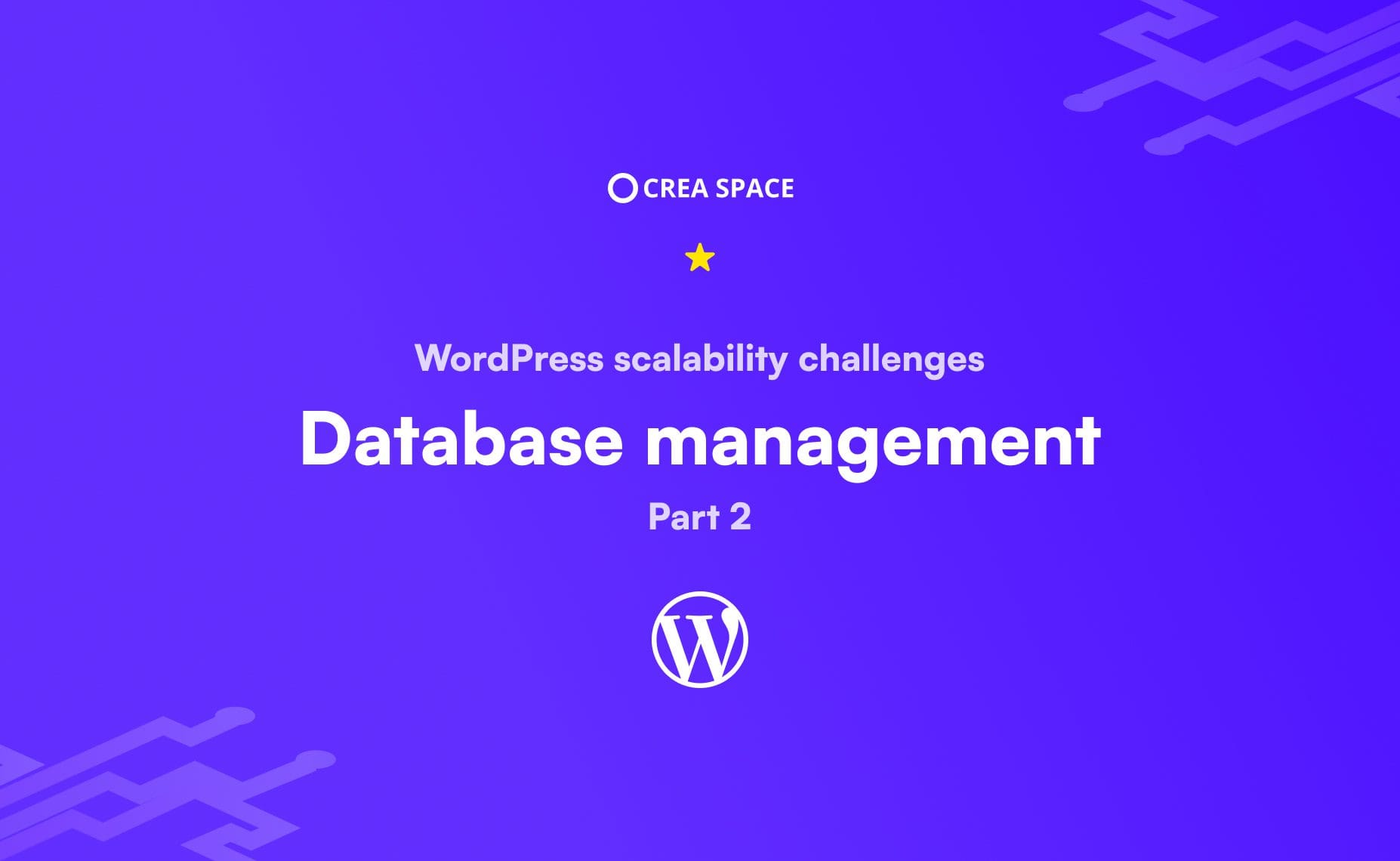In this section, we'll delve into how headless WordPress can be a game-changer for scalability. We'll explore the benefits it offers, such as enhanced speed, flexibility in design and development, and improved overall performance.
This section aims to help you understand how you can effectively scale websites while maintaining high performance using headless WordPress.
What is headless WordPress?
In this special setup, Headless WordPress works in a different way. Instead of creating pages each time someone visits your website, Headless WordPress makes a static version of your site. This static version includes all the text, images, and other content, but it doesn't change unless you update your site.
This static version is then stored in a special place called an Amazon S3 bucket. Think of it like a virtual storage bin in the cloud. But what makes this setup really fast is that it's paired with something called a Content Delivery Network, or CDN. This CDN is like a network of super-fast servers located all around the world.
When someone visits your website, instead of going to your server directly, they get the static version of your site from the closest server in the CDN. This makes your website load super quickly, no matter where your visitors are located.
With everything stored in the cloud and duplicated across various servers, the likelihood of your website going down or experiencing downtime is exceptionally low. It's like having a backup plan in place to keep your website running smoothly all the time.
Introduction to headless WordPress in the context of scalability
In the realm of website development, scalability reigns supreme. As businesses grow and evolve, their online presence must adapt to accommodate increasing traffic, content complexity, and user demands. This is where Headless WordPress emerges as a game-changer, offering a scalable solution that transcends the limitations of traditional CMS architectures.
Headless WordPress represents a paradigm shift in how websites are built and managed. Unlike traditional WordPress setups, where the backend tightly couples with the frontend, it decouples content management from presentation. In this model, WordPress acts as a powerful content management system (CMS), while the presentation layer operates independently. This separation allows for greater flexibility and customization in website design and development.
But how does this relate to scalability?
Scalability in the context of Headless WordPress refers to the platform's ability to grow and adapt seamlessly as a website's needs evolve. By decoupling content management from presentation, Headless CMS offers developers unparalleled flexibility in crafting highly customized user experiences. This flexibility extends to both frontend technologies and hosting infrastructure, empowering developers to choose the most suitable tools and platforms for their specific scalability requirements.
Furthermore, Headless WordPress is inherently conducive to scalability due to its support for static site generation and deployment to global Content Delivery Networks (CDNs). By generating static versions of websites and leveraging CDNs for content delivery, it ensures fast load times, high availability, and global reach, even under heavy traffic loads.
In essence, Headless WordPress represents a scalable foundation for building dynamic, high-performance websites that can grow and evolve alongside businesses.
Benefits of headless WordPress for enhanced speed and performance
Headless WordPress offers a multitude of advantages when it comes to speed and performance optimization. Let's explore some of the key benefits:
Decoupled architecture
In traditional WordPress setups, the backend tightly couples with the frontend. This means that whenever a user visits a page, WordPress dynamically generates the content on the server and sends it to the user's browser. However, headless WordPress takes a different approach. It decouples the frontend from the backend, enabling the pre-generation of static HTML files. This eliminates the need for server-side rendering on each request, resulting in faster page load times and improved performance.
Static site generation
Headless WordPress enables the generation of static HTML files for each page of the website. Caching these static files allows them to be served directly to users, eliminating the need for server processing. This reduces latency and improves response times. Additionally, static sites are highly cacheable, allowing for efficient content delivery and reduced server load, especially during periods of high traffic.
Global content delivery
By leveraging a Content Delivery Network (CDN), headless WordPress can distribute static content to edge servers located around the world. This enables faster content delivery to users regardless of their geographic location, reducing latency and improving the overall browsing experience. With a global CDN in place, users can access the website quickly and reliably, resulting in higher engagement and satisfaction.
Scalability and reliability
Headless WordPress's architecture is inherently scalable and reliable. By offloading the frontend presentation layer to static files and leveraging cloud-based storage solutions like Amazon S3, websites built with headless WordPress can easily accommodate increasing traffic and scale dynamically to meet demand. Additionally, the static nature of the website reduces the risk of server failures or downtime, ensuring continuous availability and reliability.
Enhanced security
One significant benefit of headless WordPress lies in its bolstered security measures. With the decoupling of the frontend from the backend, potential vulnerabilities in WordPress plugins or themes are mitigated, as they no longer directly interact with the server. Additionally, since static files are served directly to users, there's a reduced attack surface compared to traditional server-rendered websites.
Moreover, by leveraging cloud-based storage solutions like Amazon S3 and integrating with Content Delivery Networks (CDNs), headless WordPress sites can benefit from robust security features inherent in these platforms. These include encryption, access control, and distributed denial-of-service (DDoS) protection, which help safeguard against malicious attacks and unauthorized access to website resources.
Overall, headless WordPress offers an inherently secure architecture that minimizes the risk of security breaches, ensuring the protection of sensitive data and providing peace of mind for website owners and users alike.
How does dynamic content work with headless WordPress?
Typically, website administrators manage dynamic content such as blog posts, news articles, case studies, or eBooks through the WordPress backend. The content dynamically generates upon user request. headless WordPress still manages dynamic content through the backend but serves it to users via APIs instead of directly rendering it on the server.
Headless WordPress generates a static version for each dynamic resource. These static versions are stored and served separately from the frontend presentation layer. This approach enables efficient content delivery and improved performance. Static resources can be cached and served directly to users without server-side processing.
When it comes to forms and other interactive elements, headless WordPress seamlessly integrates with third-party providers like HubSpot. HubSpot offers a robust suite of marketing and CRM tools. Websites built with Headless technology can leverage these tools for advanced features such as lead capture forms, email marketing automation, and customer relationship management.
Conclusion
In conclusion, headless WordPress unveils a transformative approach to website scalability and performance optimization. By decoupling the backend content management from the frontend presentation layer, it empowers users with unparalleled flexibility and customization options. The pre-generation of static HTML files ensures faster load times and enhanced user experiences, while seamless integration with third-party providers facilitates dynamic content management and advanced functionalities.
As the digital landscape continues to evolve, embracing headless technology emerges as a strategic choice for businesses seeking to scale their websites efficiently while maintaining optimal performance. Whether it's for enhanced speed, improved SEO, or streamlined content delivery, it offers a versatile solution that caters to the diverse needs of modern online platforms.
With the CREA SPACE Platform, users can seamlessly transition to a headless WordPress setup, harnessing its full potential to overcome scalability challenges and unlock new possibilities for growth. Embrace the future of website development with headless WordPress and embark on a journey towards a more scalable, resilient, and high-performing online presence.



